When it comes to breeding animals or encouraging plant propagation, one of the most powerful environmental factors we can control is lighting. In nature, seasonal changes in day length trigger essential breeding behaviors and growth cycles in countless species. By understanding and mimicking these natural light patterns, breeders and cultivators can dramatically improve their success rates. This technique, known as photoperiod manipulation, allows us to essentially “trick” plants and animals into believing it’s their optimal breeding season, regardless of the actual time of year. Whether you’re breeding tropical fish, raising rare birds, growing specialty plants, or working with exotic reptiles, mastering seasonal lighting techniques can transform your results and open up year-round breeding possibilities.
Understanding Photoperiod and Its Impact on Breeding
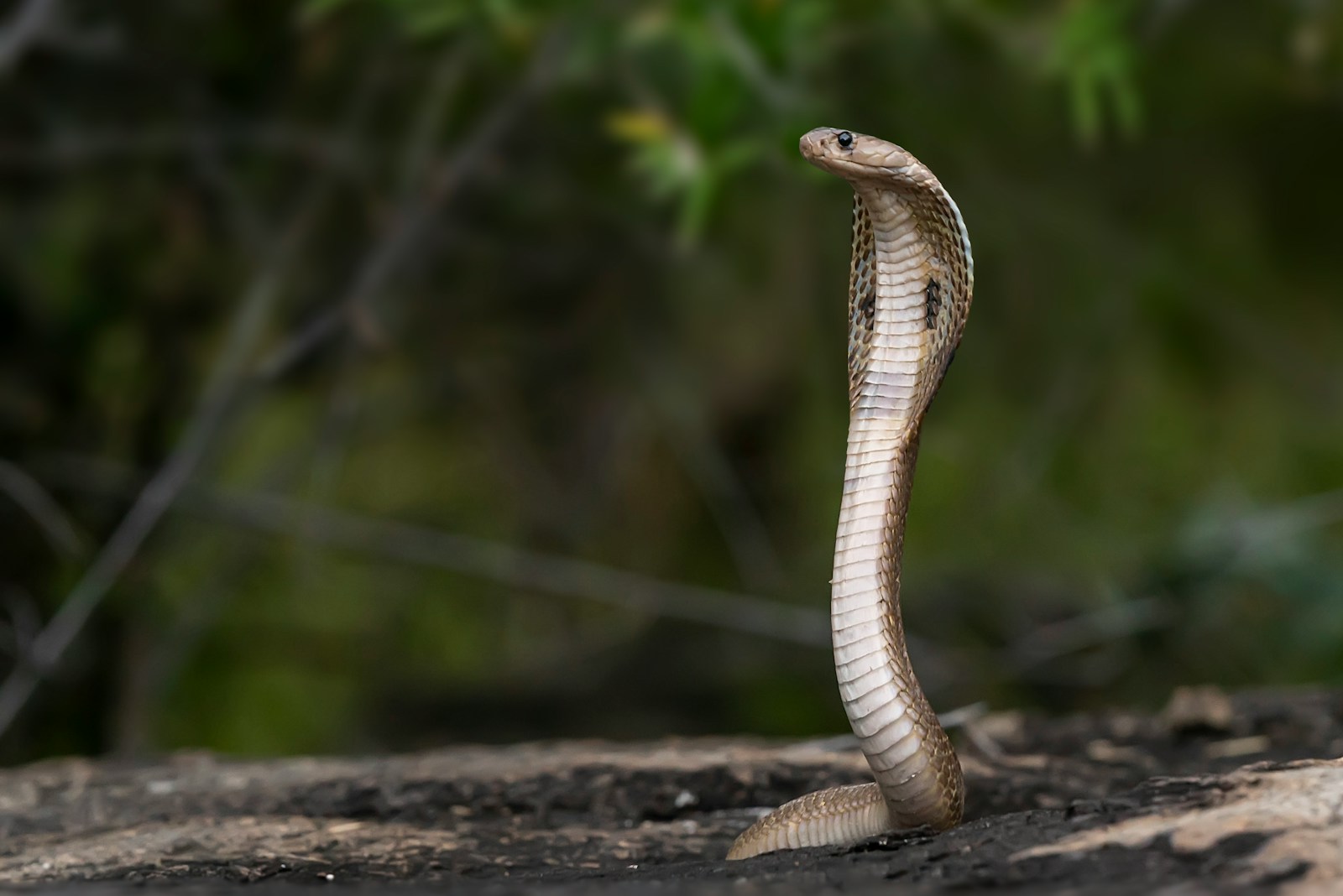
Photoperiod refers to the daily duration of light and darkness that animals and plants experience throughout changing seasons. This light-to-dark ratio serves as a critical environmental cue that triggers hormonal changes, breeding behaviors, flowering, and numerous other biological processes. In the wild, lengthening days might signal spring breeding season for many birds, while shortening days trigger reproductive activity in deer and other fall breeders. For plants, changing light patterns can initiate flowering, seed production, or dormancy phases, depending on the species. Understanding the specific photoperiod requirements of your target species is the essential first step in creating an effective seasonal lighting mimicry system that will produce consistent breeding results.
The Science Behind Light and Reproduction
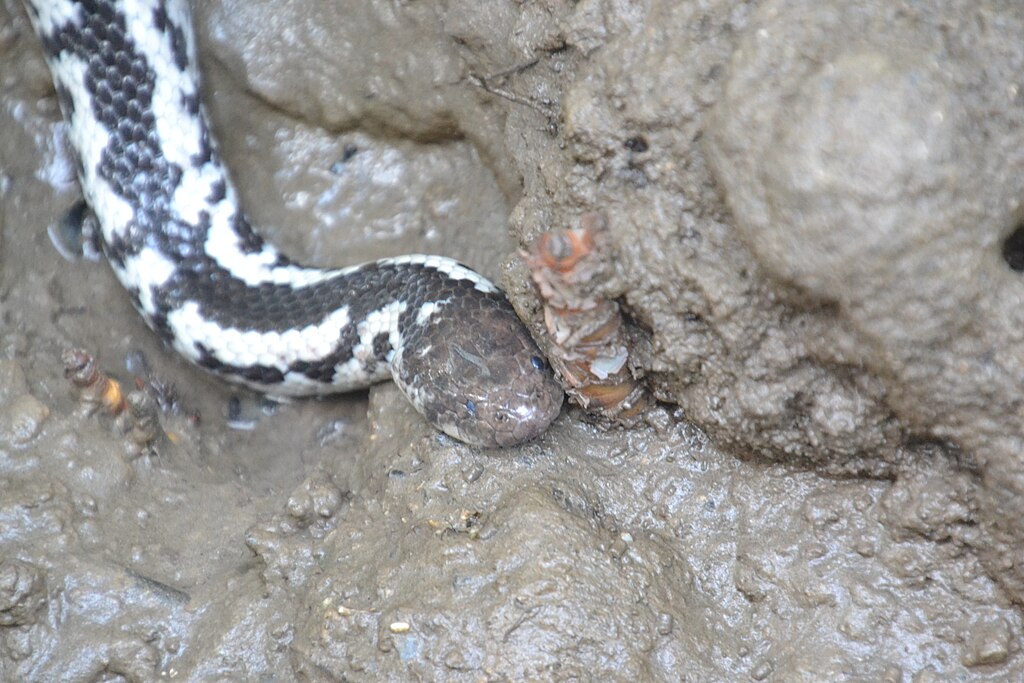
The connection between light and reproduction involves complex physiological pathways that have evolved over millions of years. In many animals, light information is processed through the eyes or specialized photoreceptors and transmitted to the pineal gland, which produces melatonin during darkness. Changes in melatonin levels trigger cascading hormonal responses that ultimately affect the reproductive organs. In birds, increasing daylight suppresses melatonin and stimulates the pituitary gland to release hormones that activate the gonads. Plants operate through different mechanisms, using specialized photoreceptors like phytochromes and cryptochromes that detect light quality, intensity, and duration to regulate flowering hormones. These biological systems are remarkably sensitive – even small changes in lighting patterns can have significant impacts on reproductive readiness and breeding behavior.
Essential Equipment for Light Manipulation
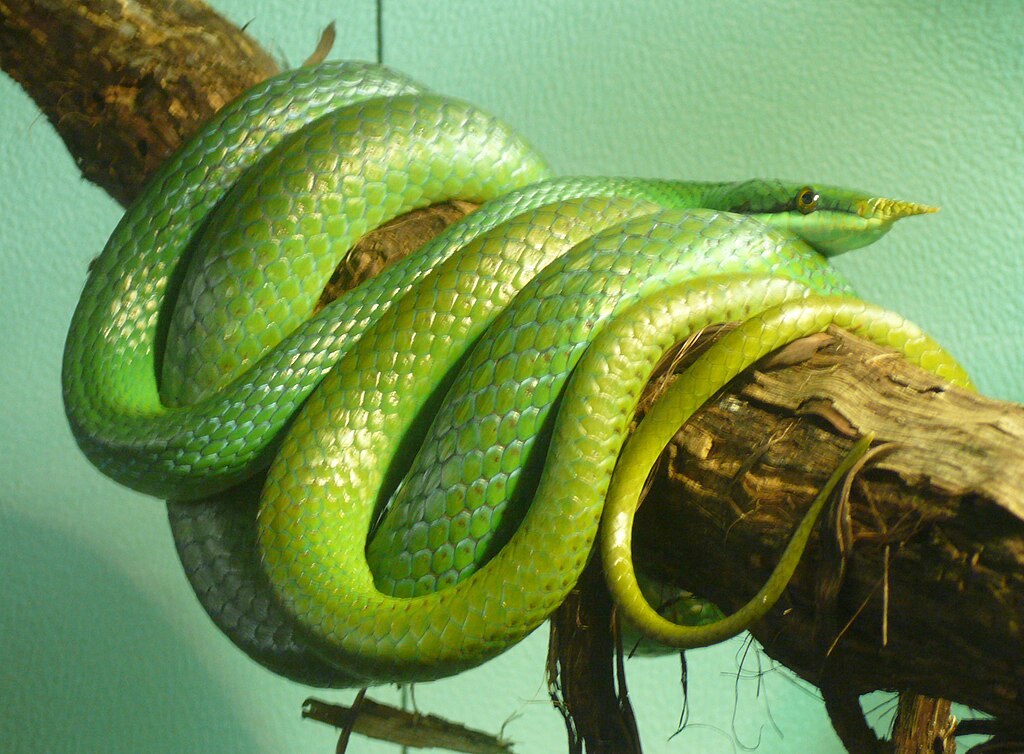
Creating an effective seasonal lighting system requires investing in the right equipment to provide consistent, reliable light control. At minimum, you’ll need high-quality light fixtures appropriate for your species’ needs, timers with battery backups to maintain precise scheduling, and potentially light meters to monitor intensity levels. For more sophisticated setups, programmable lighting controllers allow for gradual dawn/dusk transitions and seasonal progression simulations. Full-spectrum LED systems have become increasingly popular as they provide excellent light quality while consuming less energy than traditional fluorescent or incandescent options. For aquatic species, specialized submersible or water-resistant fixtures are essential, while reflectors can help maximize light distribution in larger enclosures or greenhouses.
Determining the Optimal Photoperiod for Your Species
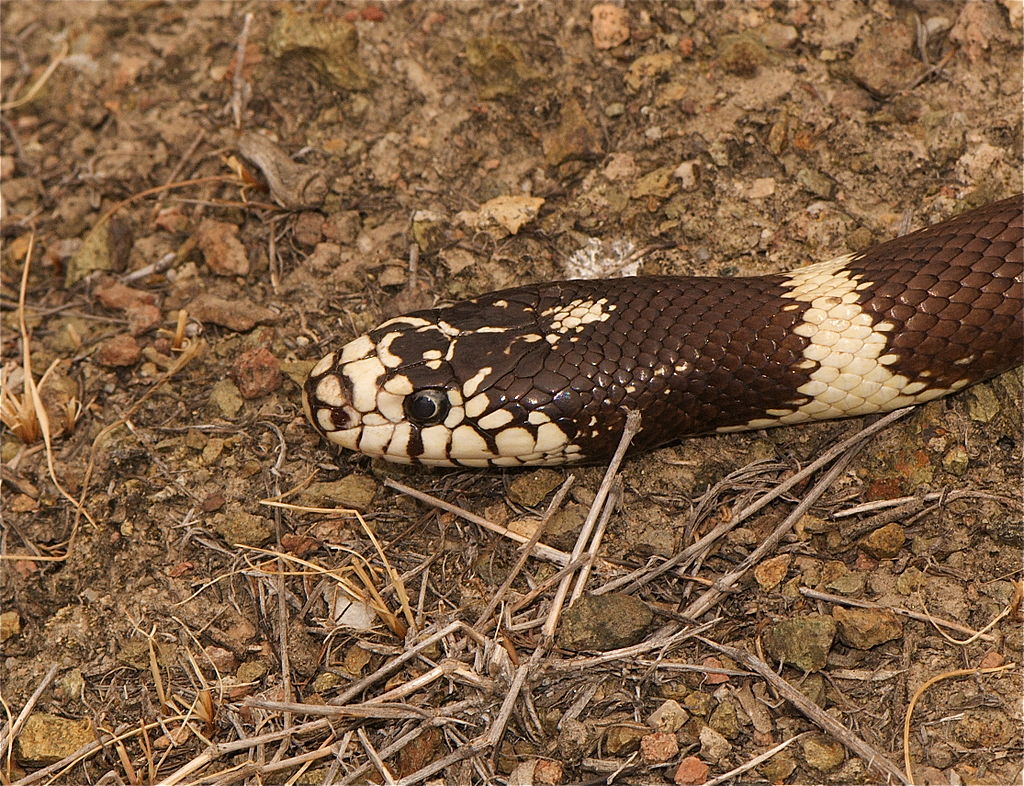
Researching the specific photoperiod requirements for your target species is critical before implementing any lighting regime. Most commercial breeders and scientific literature provide recommended light cycles for common species, but you may need to investigate further for exotic or less-common varieties. Consider both the total hours of light and the natural habitat’s seasonal variations when planning your approach. Tropical species often respond to relatively minor changes in photoperiod (perhaps just 1-2 hours difference between seasons), while temperate species may require more dramatic shifts (varying from 8-16 hours of light between winter and summer). Some species also require specific light intensity and spectral qualities along with photoperiod changes to trigger breeding behaviors or flowering.
Gradual vs. Abrupt Light Transitions

The method of transitioning between different light cycles can significantly impact breeding success and animal welfare. Natural seasonal changes occur gradually, with daylight increasing or decreasing by just minutes each day. Mimicking this gradual approach often produces better results than abrupt changes, which can cause stress or disrupt normal biological rhythms. Professional breeding operations typically adjust lighting by 15-30 minutes per week when shifting seasons, allowing animals’ bodies to adapt naturally to the changing conditions. For plants, gradual transitions can prevent shock and allow metabolic processes to adjust appropriately. However, some species may respond well to more pronounced transitions, so research your specific species requirements before designing your light schedule.
Creating a Year-Round Breeding Calendar
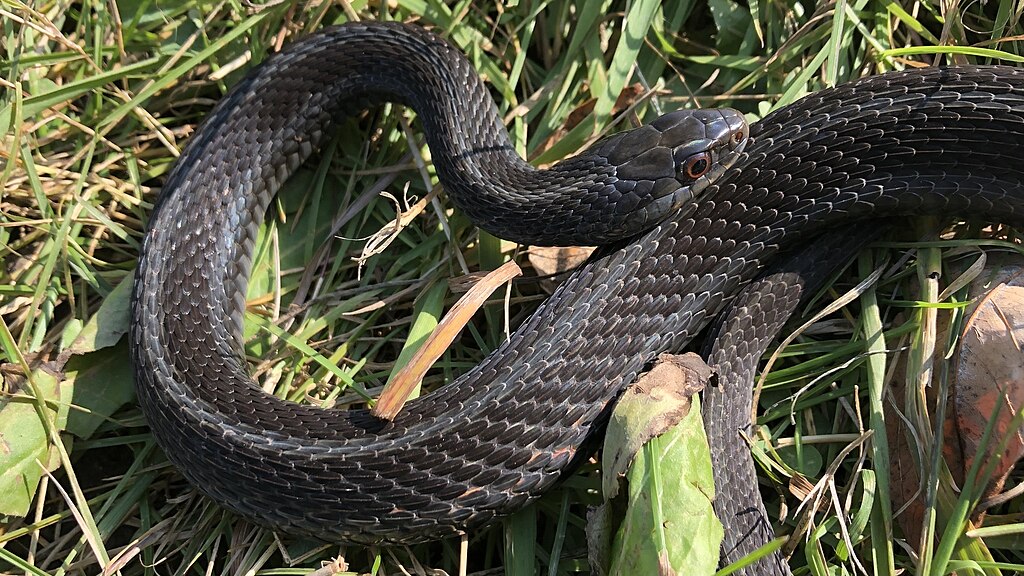
Developing a comprehensive lighting calendar is essential for maintaining organized breeding cycles throughout the year. This calendar should map out when to initiate seasonal light changes for each species in your collection, accounting for the preparation time needed before expected breeding activity. For commercial operations breeding multiple species, staggering these cycles can help distribute workload and maintain consistent production throughout the year. Your calendar should include detailed notes on the specific photoperiod for each phase (pre-breeding conditioning, breeding season, post-breeding recovery) and track the incremental light changes week by week. Including documentation of previous years’ results can help refine your approach over time and identify optimal conditions for specific genetic lines or individuals.
Bird Breeding and Seasonal Lighting Techniques
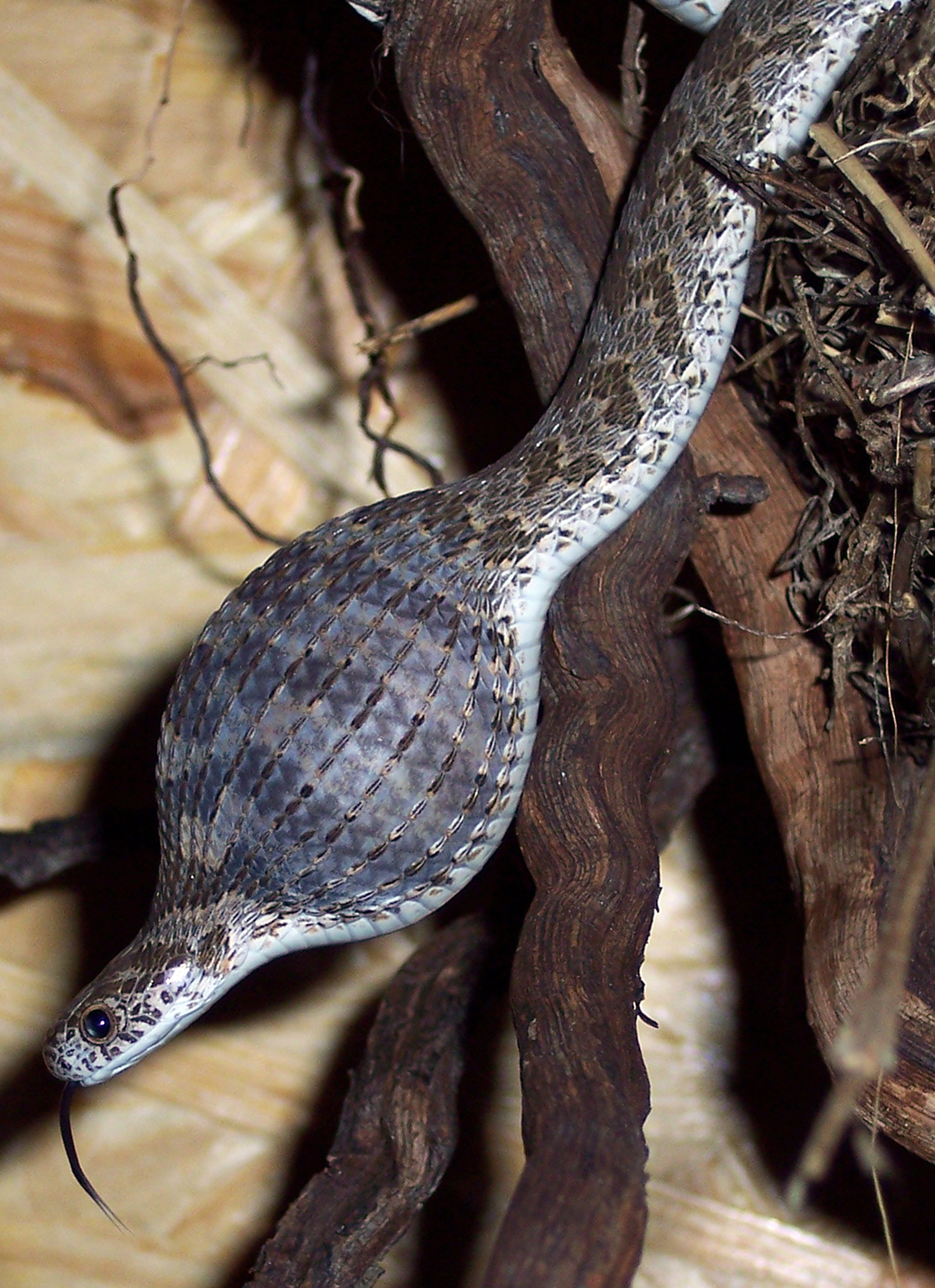
Birds are particularly responsive to photoperiod manipulation, making them excellent candidates for seasonal lighting techniques. Most temperate bird species breed during increasing day length in spring, requiring a simulation of 14-16 hours of daylight to trigger reproductive hormones. Begin by providing winter lighting (8-10 hours daily) for several weeks before gradually increasing to spring conditions over 4-6 weeks. The quality of light matters significantly for birds, with full-spectrum lighting that includes UVA/UVB components often producing better results than standard lighting. Canaries, finches, and parrots typically respond well to photoperiod manipulation, though some species also require additional environmental cues like temperature changes or increased humidity to achieve optimal breeding success.
Aquarium Lighting for Fish Breeding Success
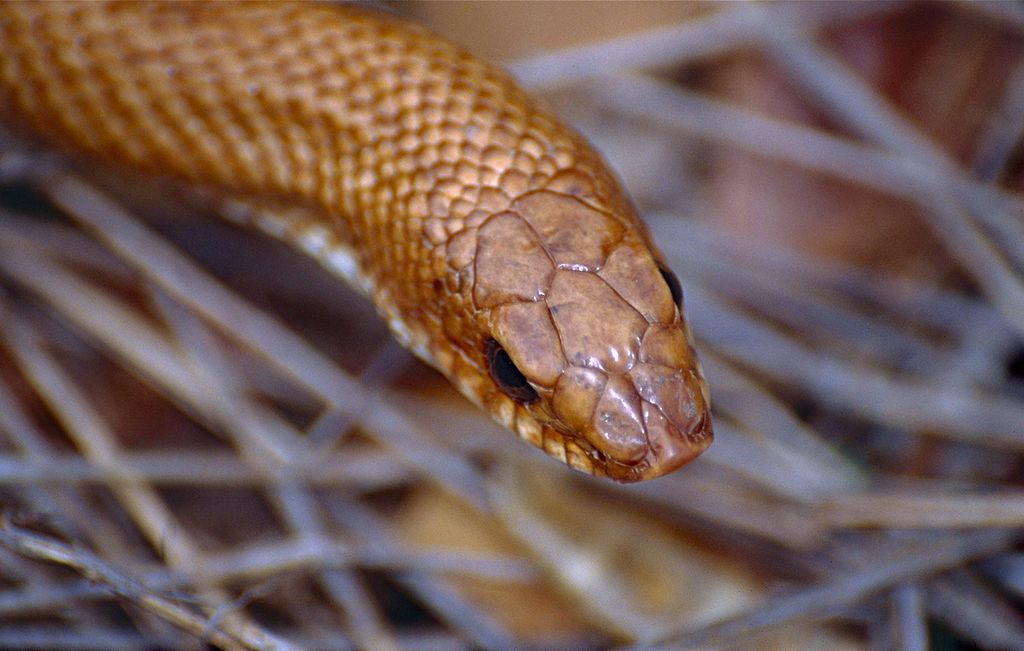
Aquatic environments present unique challenges and opportunities for seasonal lighting manipulation. Many tropical fish species respond to subtle changes in photoperiod, often requiring only 1-2 hour variations to stimulate breeding behaviors. Rainforest species like discus and angelfish typically breed during increasing light periods that simulate the coming dry season, while some catfish and killifish breed during decreasing light periods mimicking approaching rainy seasons. Water clarity significantly impacts light penetration, so regular maintenance is crucial for ensuring your lighting efforts reach the fish effectively. Moonlight simulation using low-intensity blue LEDs can also trigger spawning in certain species, particularly those that breed according to lunar cycles like certain wrasses, tangs, and invertebrates.
Reptile and Amphibian Breeding Light Requirements

Reptiles and amphibians often require complex combinations of photoperiod, temperature, and humidity cycling to stimulate successful breeding. Many temperate species benefit from a winter cooling period (brumation) with reduced daylight hours (8-10 hours) before transitioning to longer spring photoperiods (12-14 hours) to trigger reproductive behavior. UVB lighting is particularly crucial for most reptile species, not only for breeding but for overall health and vitamin D synthesis. Desert species like bearded dragons and leopard geckos typically respond to increasing photoperiods, while many amphibians like dart frogs and salamanders may require simulated rainy season conditions with specific light patterns. Creating localized basking spots with proper light intensity gradients allows reptiles to self-regulate their exposure, which is important during breeding seasons.
Plant Propagation Through Light Manipulation
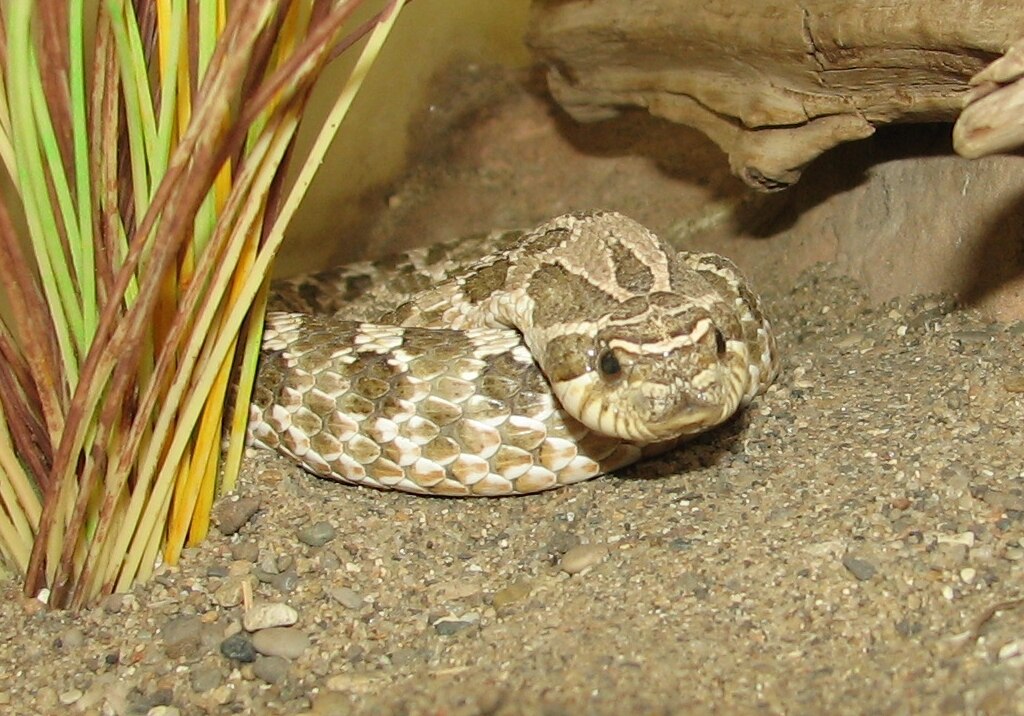
Plants often demonstrate remarkably specific photoperiod requirements for flowering and seed production. Short-day plants like poinsettias and chrysanthemums flower when daylight periods are less than 12 hours, while long-day plants like lettuce and spinach require more than 12 hours to flower. Day-neutral plants like tomatoes and cucumbers flower regardless of photoperiod but may still benefit from consistent lighting for vegetative growth. Commercial propagation facilities use precisely timed lighting to produce out-of-season flowering or prevent premature flowering when vegetative growth is desired. For indoor growers, using light blocking covers or automated greenhouse systems can create multiple different growing zones within the same facility, allowing simultaneous production of plants with conflicting photoperiod requirements.
Common Mistakes and Troubleshooting
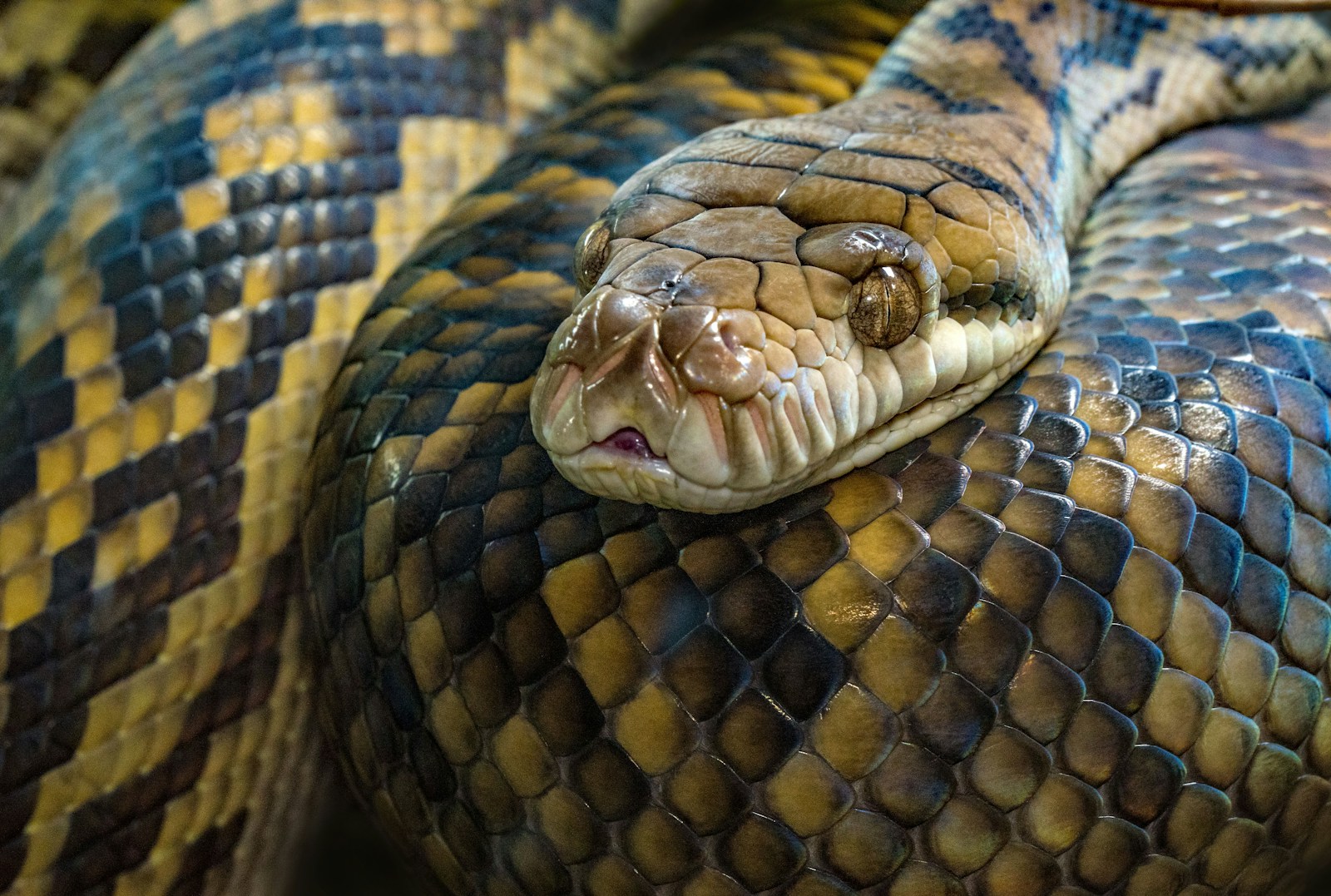
Even experienced breeders encounter challenges when implementing seasonal lighting strategies. One frequent mistake is light pollution during dark periods – even small amounts of light leaking into enclosures during scheduled darkness can disrupt the entire photoperiod effect. Another common error is relying on natural window light as part of a controlled lighting system, as this introduces unpredictable variations in intensity and duration. Equipment failure presents another risk, making backup systems and regular maintenance essential for serious breeding operations. Some breeders become impatient and rush the transition process, which can stress animals and reduce breeding success. If animals aren’t responding as expected to your lighting program, systematically review all environmental factors, as breeding often depends on multiple synchronized conditions beyond just photoperiod.
Combining Light with Other Environmental Factors

While photoperiod is powerful, it rarely works in isolation in natural environments. For truly successful breeding, consider how lighting interacts with other critical factors like temperature, humidity, rainfall, and nutrition. Many species require specific temperature differentials between day and night to accompany changing light patterns. Rainfall or humidity increases often synchronize with changing light conditions in natural habitats, particularly for tropical species. Nutrition is another crucial factor, as breeding often requires increased calories or specific nutrients that would naturally be available during breeding seasons. Creating these complementary environmental conditions alongside your lighting program can dramatically improve breeding success rates and overall animal health during reproductive cycles.
Energy Efficiency and Sustainability Considerations

Operating lighting systems for breeding purposes can consume significant energy, especially in larger facilities or for species requiring high-intensity illumination. Modern LED technology offers substantial energy savings compared to traditional lighting methods, often reducing electricity consumption by 50-80% while providing better spectral quality. Programmable systems that incorporate dawn/dusk dimming not only mimic natural conditions better but can reduce overall energy usage by avoiding full-power operation during transition periods. For greenhouse operations, combining natural daylight with supplemental lighting only when needed represents another efficiency strategy. Solar power integration has become increasingly viable for breeding facilities, with battery storage systems helping to maintain critical lighting schedules even during grid outages or in remote locations.
Mimicking seasonal lighting changes represents one of the most powerful tools available to breeders across countless species. With proper research, appropriate equipment, and careful implementation, you can create artificial seasons that unlock breeding potential year-round, independent of natural weather patterns. The keys to success lie in understanding your specific species’ requirements, implementing changes gradually, maintaining consistent schedules, and combining lighting with other environmental factors that normally accompany seasonal changes. Whether you’re a commercial breeder looking to maximize production or a hobbyist hoping to propagate a challenging species, mastering these techniques can transform your results and open new possibilities in animal and plant breeding.





